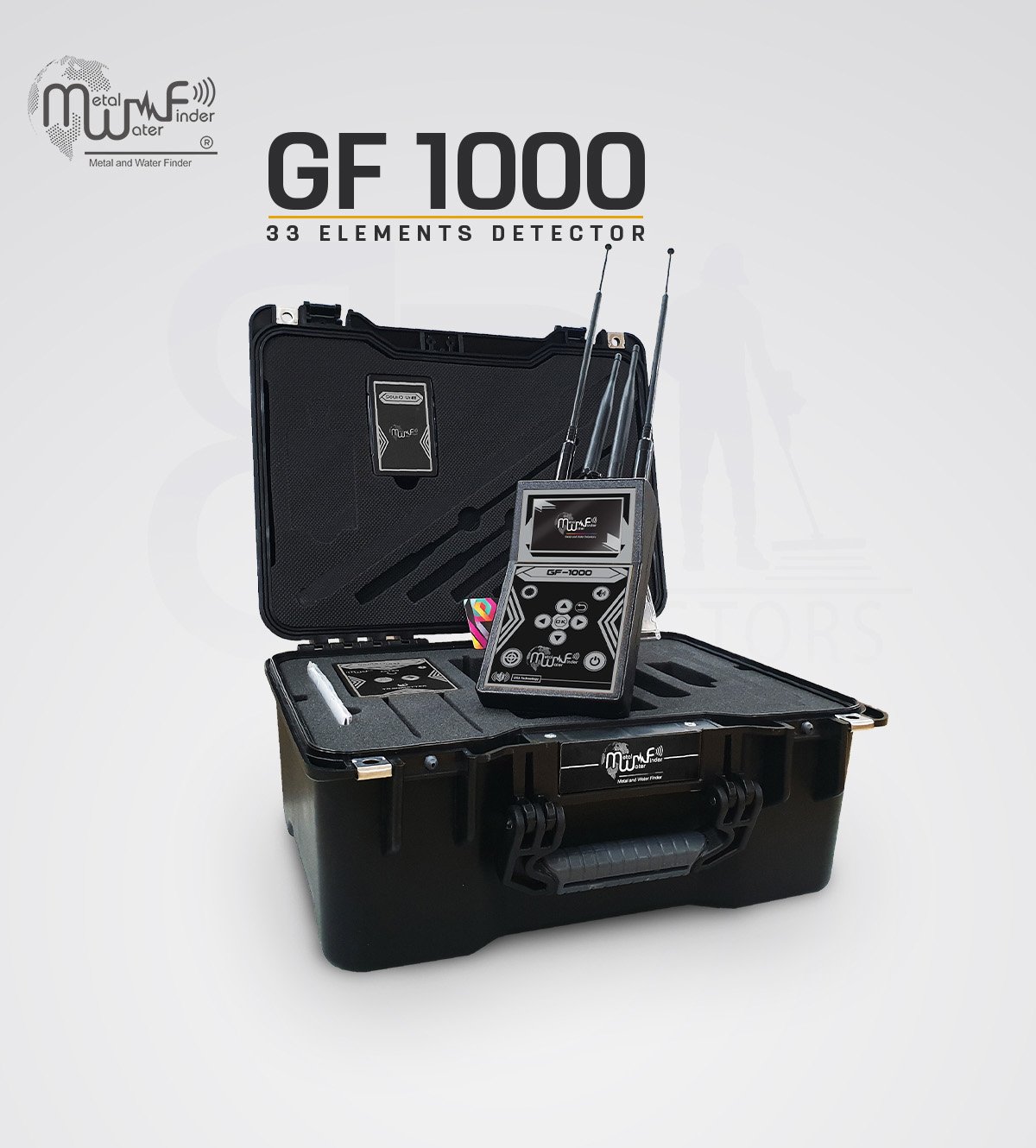Prospecting for gold is an age-old pursuit, but today’s technology has given enthusiasts tools that can make the difference between walking away empty-handed and uncovering something remarkable. One of the biggest challenges prospectors face is mineralized soil—terrain rich in iron and other natural minerals that often create false signals for detectors. This environment can frustrate beginners and seasoned professionals alike.
That’s where specialized long-range detectors come in. These devices are designed not just to cover large search areas but also to handle the difficulties of mineralized ground with precision. Choosing the right detector means understanding what features truly matter and which machines have been engineered to overcome these natural obstacles.
Sensitivity and Performance in Mineralized Soil
The first thing any serious prospector needs to consider is how well a detector performs in highly mineralized terrain. Ordinary detectors often mistake mineral content for valuable metals, producing false signals. A well-engineered long range gold finder should include advanced ground balance settings that filter out these distractions, letting you focus on true targets.
The best models don’t just minimize interference—they maximize sensitivity to small and medium-sized gold targets at varying depths. This is especially important in regions where gold is found in nugget form, scattered among soils rich in iron oxides. High sensitivity combined with strong ground balancing ensures your time in the field is spent digging promising signals rather than chasing false alarms.
The Role of Technology in Advanced Models
Modern gold detectors have gone beyond simple electromagnetic pulses. Machines now integrate digital signal processing, customizable frequency ranges, and improved discrimination features. These technological advances make a massive difference in challenging soils.
For example, professional-grade detectors like the GF 1000 are built to excel where basic detectors struggle. Designed for long-range performance, the GF 1000 combines deep penetration with high accuracy, allowing users to identify gold even in areas where mineralization would normally mask signals. Its innovative detection system filters interference effectively, making it a trusted choice for prospectors in regions where soil conditions are notoriously difficult.
Frequency and Depth Capabilities
When it comes to long-range detection, operating frequency and depth capabilities matter significantly. Gold is often found in small, scattered pieces near the surface but can also occur deeper underground in vein formations. A versatile detector should be capable of adjusting frequency ranges to suit the prospecting environment.
Lower frequencies typically penetrate deeper, which is ideal for larger deposits, while higher frequencies excel at identifying smaller nuggets. Having the ability to switch between or balance these ranges gives prospectors more control over their searches. A good long-range gold finder should allow you to adapt quickly as conditions change.
Importance of Coil Design and Coverage
The coil is the gateway between the ground and your detector’s brain. In mineralized soils, coil design makes a significant difference. Larger coils cover more ground and penetrate deeper, making them ideal for long-range searches, while smaller coils can be more precise in cluttered or rocky areas.
The best detectors for mineralized soils usually come with options for interchangeable coils, giving users the flexibility to tailor their searches. This adaptability is invaluable when moving between different terrains in a single outing.
Durability and Ergonomics for Real-World Prospecting
Gold prospecting is rarely done in easy conditions. Long days in remote, rugged landscapes demand a detector that is both durable and comfortable. Water-resistant or waterproof builds, lightweight frames, and balanced ergonomics all matter when you’re covering ground for hours at a time.
A detector that combines rugged build quality with comfortable handling ensures prospectors can stay focused on their search rather than being worn down by heavy or awkward equipment. It’s one of those features you don’t realize the value of until you’ve spent an entire day trekking through hillsides or riverbeds.
Why Long Range Gold Finders Matter
Some prospectors underestimate the importance of long-range detection, especially when first starting out. But in mineralized soils, being able to scan a broader area quickly is critical. Long-range gold finders help identify promising zones before you invest significant effort digging or conducting closer inspections with specialized coils.
These devices act as both a scout and a precision tool. By narrowing down where gold is most likely to be, they save time and make the entire process more efficient. This is particularly true in regions where mineral interference is strong and conventional detectors simply cannot keep up.
Choosing the Right Detector for Success
Ultimately, the best detector for mineralized soil is the one that balances sensitivity, depth, discrimination, and comfort. Features like advanced ground balance and customizable frequency ranges are non-negotiable. Durability and design also matter if you’re serious about long-term use.
The GF 1000 stands out as an excellent example of what modern technology can achieve. With its ability to handle difficult soils, its impressive long-range detection, and its balance of user-friendly design with professional-level features, it sets a benchmark for gold finders worldwide. For prospectors serious about uncovering hidden treasures, it represents the kind of investment that pays off in the field.
Conclusion
Prospecting in mineralized soil is never easy, but the right equipment transforms frustration into discovery. A strong long range gold finder equipped with ground balancing, frequency versatility, durable design, and long-range accuracy is essential for success.
Machines like the GF 1000 prove how advanced engineering can make even the toughest terrains manageable. With patience, skill, and the right detector, mineralized soils can reveal the gold that has challenged prospectors for generations.

